#dorothy mcguire
Text

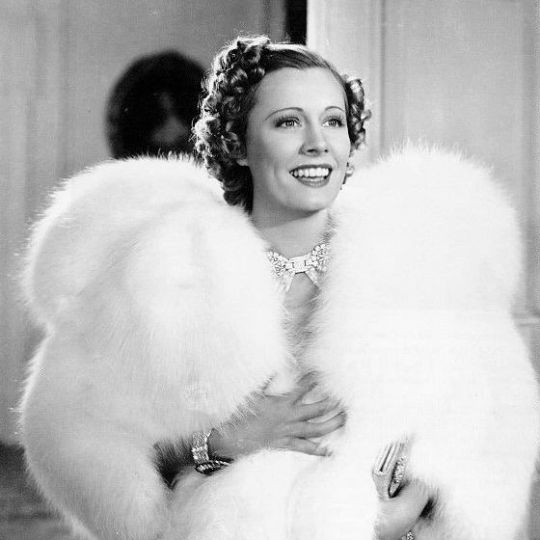
Propaganda
Dorothy McGuire (Swiss Family Robinson, Old Yeller, Gentleman's Agreement)— Kinda the original MILF, but to call her that feels offensive because she always played the most gentle and kind mothers imaginable. She's more like a MILC (mother I'd like to cuddle). She also had a wonderfully soft voice.
Irene Dunne (The Awful Truth, Theodora Goes Wild, My Favorite Wife)— The first time I saw her in Theodora Goes Wild she struck me dumb because who is that BEAUTIFUL woman being so funny and clever??? She was primarily known as a dramatic actress (and believe you me those are muscles she can FLEX, Penny Serenade hurts my feelings) but she’s also one of the funniest screwball leading ladies I’ve ever seen. Her films with Cary Grant are especially charming, but all her characters have this knowing quality in the heart of them that’s so intriguing, and her screwball girlies have this freedom to go after what (or who) they want that is delightfully subversive. I want to be her, I want to fuck her, I want to see every movie she’s ever done, she is a brilliant actress and she is my dream woman.
This is round 1 of the tournament. All other polls in this bracket can be found here. Please reblog with further support of your beloved hot sexy vintage woman.
[additional propaganda submitted under the cut]
Dorothy McGuire:

Irene Dunne:
irene excelled in screwball comedies, musicals, melodramas...she could do it all. she often played elegant society ladies and brought sparkling charisma and poise for days to anything she did, and sang like an angel (she pursued opera before going into moves), her rendition of jerome kern's "smoke gets in your eyes" in roberta moves me to tears every time.
youtube
A fantastic star of screwball comedies Irene Dunne is an undersung hot woman in my opinion. She rose to fame in her roles alongside the likes of Cary Grant, and was usually the funniest person in her movies. And the hottest.
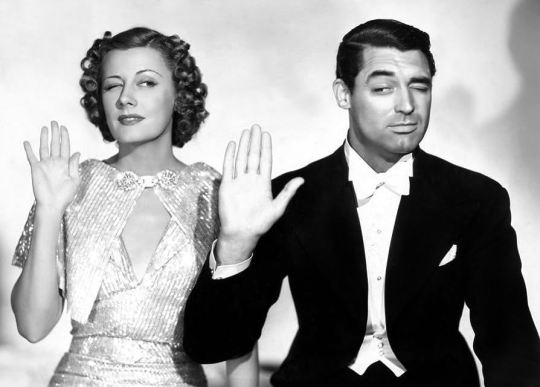
She's snarky, and quick, prone to rolling her eyes, and eager to trip her counterparts up. In short, she was a devilish, charming, problem of a woman in many of her films, the pinnacle of hotness.
She’s so gorgeous and funny and her way of acting is so fresh and timeless! She’s the complete package of hotness to me with her talents, humor, and, of course, hot looks. I named my left tit after her to hopefully attract even a smidgen of her beauty and charm.

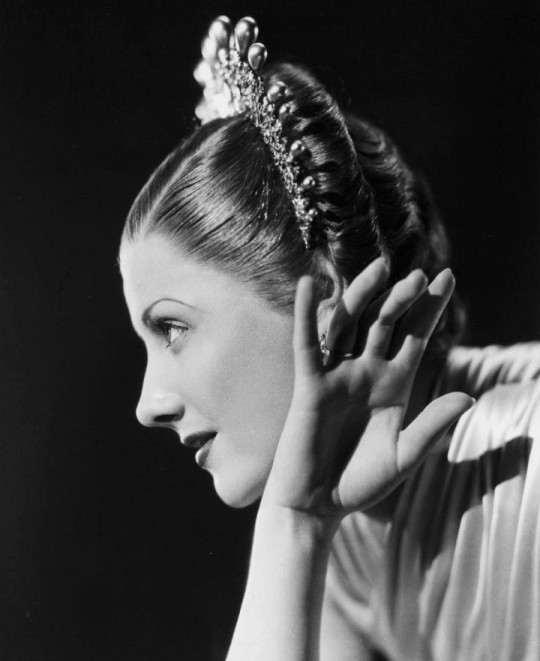
95 notes
·
View notes
Text

The Spiral Staircase (1946) - Pressbook
#the spiral staircase#dorothy mcguire#george brent#ethel barrymore#1946#1940s horror#1940s movies#robert siodmak#odh#horror#film noir#pressbook
84 notes
·
View notes
Text
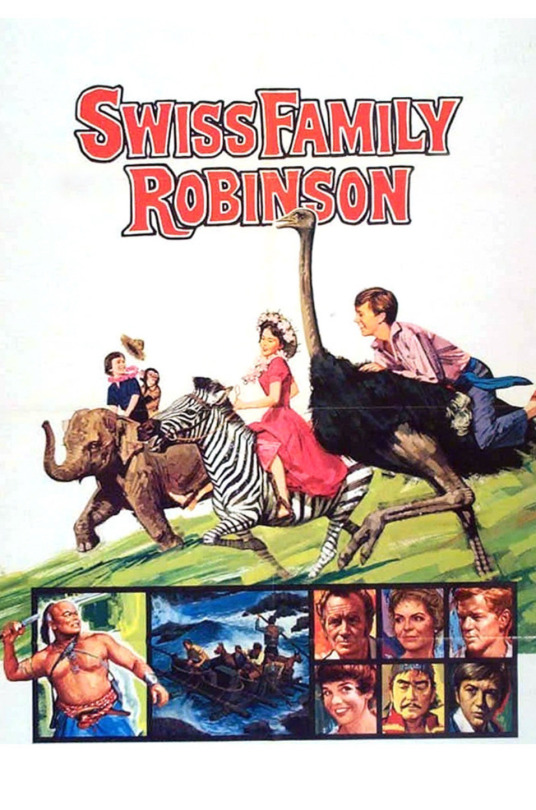
#movies#polls#swiss family robinson#60s movies#ken annakin#john mills#dorothy mcguire#james macarthur#requested#have you seen this movie poll
66 notes
·
View notes
Text
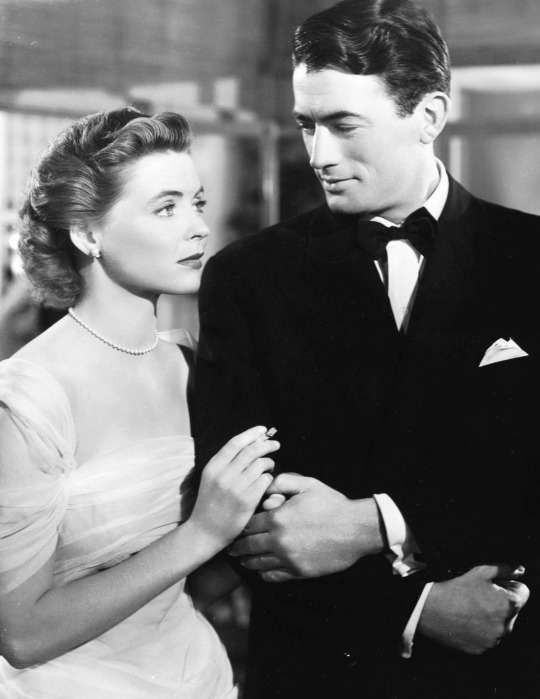
Dorothy McGuire and Gregory Peck in 'Gentleman's Agreement' (1947).
36 notes
·
View notes
Text

Dorothy McGuire, John Garfield, and Director Elia Kazan during production of GENTLEMAN’S AGREEMENT (1947)
44 notes
·
View notes
Photo
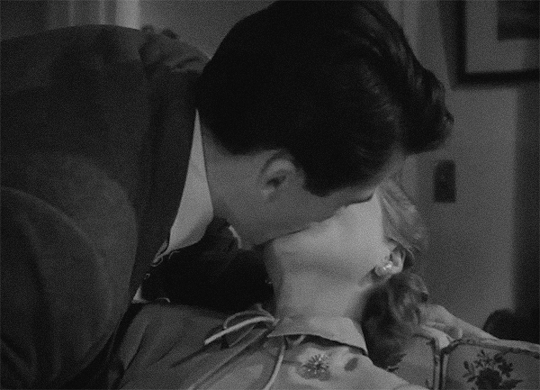


GENTLEMAN'S AGREEMENT (1947)
You're good enough to eat with a spoon.
351 notes
·
View notes
Text

Kevin Corcoran-Dorothy McGuire "Fiel amigo" (Old Yeller) 1957, de Robert Stevenson.
25 notes
·
View notes
Text

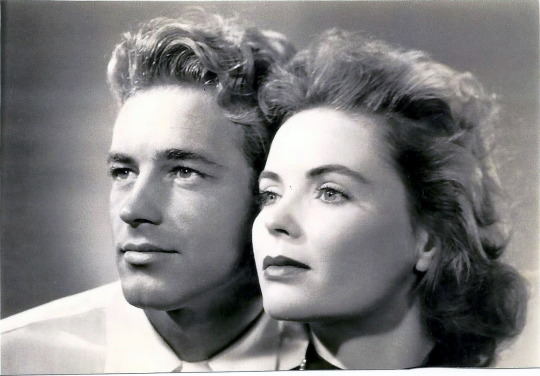
Guy Madison and Dorothy McGuire, photographed for 𝑻𝒊𝒍𝒍 𝒕𝒉𝒆 𝑬𝒏𝒅 𝒐𝒇 𝑻𝒊𝒎𝒆 (1946).
26 notes
·
View notes
Text
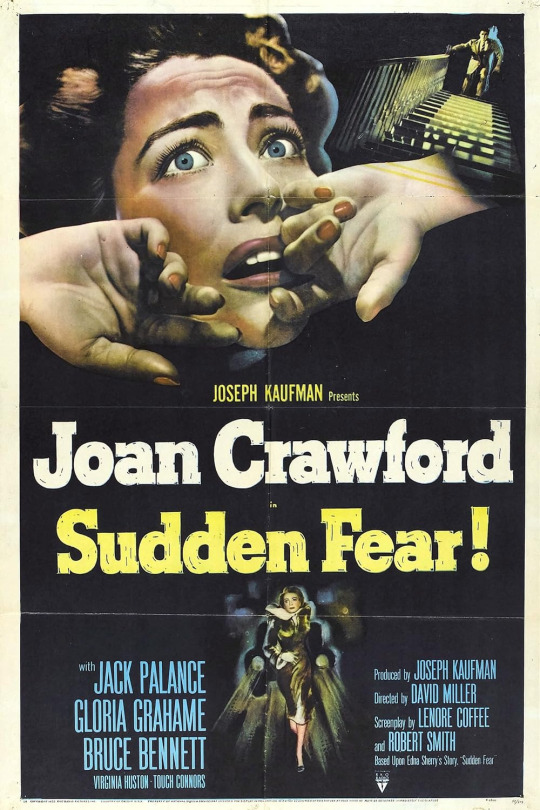


Haterating and hollerating in the 1950s:
SUDDEN FEAR (1952): Inventive but unsatisfying thriller about a middle-aged playwright and heiress (Joan Crawford) who discovers that her new husband (Jack Palance) and his ex-girlfriend (Gloria Grahame) are plotting to do away with her, and decides to concoct her own elaborate trap for the would-be killers, which doesn't go as planned. Palance is well-cast, walking an interesting line between charm and sociopathy, and the film gives Crawford one of her better '50s roles, but the script fails to pay off its own clever plot twists while allowing Crawford too many opportunities for her customary histrionics — particularly in a pair of over-the-top dream/fantasy sequences and in a crucial scene where the heroine has to express, without dialogue, that she's having second thoughts about her own plan. The finale, while undeniably tense and featuring striking nighttime cinematography by Charles B. Lang Jr., also feels like it belongs in a completely different movie.
THE GIRL NEXT DOOR (1953): Bright, attractively staged Fox musical (with two animated interludes) about the burgeoning romance between a successful stage star (June Haver) and her handsome new next-door neighbor (Dan Dailey), a comic strip artist and widower with a young son (Billy Gray) who's none too happy at this new competition for his father's attention. Haver and Dailey are great, and their easy repartee is very appealing. It's also interesting to see Dennis Day outside of his more familiar role as Jack Benny's idiot stooge. However, Billy Gray's character never quite rings true; there's no real reason for Joey to dislike the charming, good-humored Jeannie other than childish jealousy, so the story depends on his eventually getting over it rather than on Jeannie winning him over, which might have been more fun.
A SUMMER PLACE (1959): Overwrought Delmer Daves adaptation of a Sloan Wilson novel about two one-time lovers (Richard Egan and Dorothy McGuire), now unhappily married to others (Constance Ford and Arthur Kennedy), who decide to divorce their respective spouses so they can finally get married, only to face endless angst because their college-age kids (Sandra Dee and Troy Donahue) are also in love, in A Society That Just Doesn't Understand™. The story might have been considered daringly blunt by the standards of 1958–59, but to modern eyes, it succeeds mostly in putting the "turgid" in "dramaturgy." The script and direction are so unrelentingly heavy-handed that the actors seem like they're mining coal, with only Constance Ford (whose character is an unmitigated bitch) allowed to be anything other than laboriously tormented.
#movies#hateration holleration#sudden fear#joan crawford#jack palance#the girl next door#dan dailey#june haver#dennis day#a summer place#sloan wilson#delmar daves#sandra dee#troy donahue#richard egan#dorothy mcguire#constance ford#sloan wilson is best known as the author of the man in the gray flannel suit#a novel from which the tv show mad men borrows quite shamelessly#(it was made into a popular but so-so movie with gregory peck)
7 notes
·
View notes
Text
"LITTLE WOMEN" (1978) Review
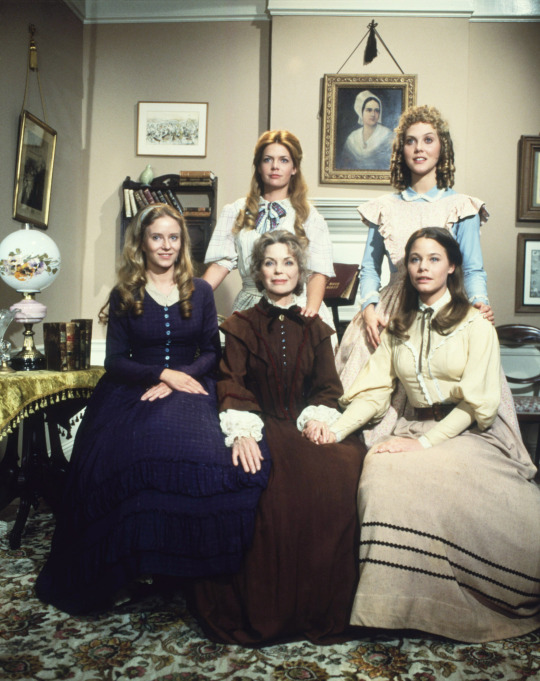
"LITTLE WOMEN" (1978) Review
There have been many adaptations of "Little Women", Louisa May Alcott's 1868 novel. And I have seen most, if not all of the live-action versions. But the first adaptation I have ever seen was NBC's adaptation that first aired back in 1978. If I might be honest, I ended up developing a rather high opinion of it.
Since my first viewing of 1978's "LITTLE WOMEN", I have seen other adaptations. And over the years, I had developed this belief that this television production from 1978 had not been good as I had originally believed. It took many years for me to give this two-part miniseries a second chance. "LITTLE WOMEN" told the story of Josephine (Jo) March and her three sisters during the 1860s - Meg, Beth and Amy. The two-part miniseries opened during the Christmas holidays in December 1861 and follow the sisters, their other family members and friends throughout the Civil War and the early post-war years. Because Jo is the main character, despite being the second sister, this adaptation of "Little Women" has the distinction of being the only version that allows her to serve as narrator.
After my recent re-watch, I could see why my opinion of "LITTLE WOMEN" had diminished over the years . . . at least from a superficial point-of-view. To be blunt, I was not that impressed by the miniseries' production values. The entire production was shot on the Universal Studios backlot and one could sometimes see the California hills in the background. Granted, I still believe set decorator Richard G. Goddard, art director Howard E. Johnson and cinematographer Joseph F. Biroc did the best they could to recreate 1860s Concord, Massachusetts, New York City and Italy. But I did have a problem with the miniseries' costume designs. On the surface, they seemed . . . serviceable for a television production set during the 1860s. But if I must be frank, the costumes also looked as if they had been taken from a costume warehouse for second-rate stage productions. Even worse, all or most of the actresses seemed to be wearing mid-to-late 1970s shoes underneath their mid-19th century dresses and gowns. I was shocked to discover that one of Hollywood's most iconic costume designer, Edith Head, had created the miniseries' costumes. So . . . what on earth happened? Head had created the costumes? "LITTLE WOMEN" was not even Head's first or last period drama. So, what happened?
Did I have any other problems with "LITTLE WOMEN"? Well . . . I did not care for leading actress Susan Dey's hairstyle in the second part of the miniseries. I realize her character, Jo March, had cut her hair to raise funds for her mother's journey to Washington D.C. But her hair never grew back. Never. Instead, it remained shorter than it originally was and styled into a bob. Why? And I had a problem with two particular performances. I will discuss one of them later. The other involved leading lady Susan Dey serving as the miniseries' narrator. Do not get me wrong. Dey is a fine actress and did the best she could. But I found her narration a bit clunky and unnecessary, thanks to the words provided to her by screenwriter Suzanne Clauser's teleplay.
Despite my quibbles, I found a lot to admire about "LITTLE WOMEN". I believe its status as a two-part miniseries, instead of a movie, screenwriter Suzanne Clauser had plenty of opportunities to fully adapt Alcott's novel with less shortcuts and more depth. I have always believed that Alcott's novel was basically a coming-of-age story for Jo March and her three sisters. To me, this made any adaptation of "LITTLE WOMEN" a major character study. And if there is one thing that the two-part miniseries did well was explore its characters and their situations with great depth.
This especially seemed to be the case of Jo's relationship with her neighbor and friend, Theodore "Laurie" Laurence, his personal relationship with his grandfather James Laurence, Amy's European trip and her romantic travails, and Meg's relationship with Laurie's tutor John Brooke. I was especially impressed by the production's handling of Jo's relationship with Professor Friedrich Bhaer. I found it very dynamic, thanks to Suzanne Clauser's screenplay, along with the performances involved. Some, but not all of the adaptations of Alcott's novel tend to forget - at times - that part of it spanned most of the U.S. Civil War. Fortunately, this adaptation never forgot. And as much as I seemed critical of the miniseries' narration, it also reminded television audiences that . . . yes, part of "LITTLE WOMEN" was partially set during the Civil War.
Speaking of performances, "LITTLE WOMEN" had the blessed luck to feature a first-rate cast. I may not have been impressed by the narration provided by Susan Dey (for which I blame another), I was more than impressed by her portrayal of the story's leading character, Josephine "Jo" March. I though she did a superb job in capturing Jo's mercurial personality and obsession with her developing profession as a writer. Meredith Baxter gave an excellent performance as the oldest March sister, Margaret "Meg" March. She conveyed Meg's vanity and obsession with the family's social status and stubborn refusal to give up her love for John Brooke. My only issue is that I believe the actress may have been a bit too old portraying a character that aged from 16 to her early 20s. Eve Plumb portrayed the shy, yet musical Elizabeth "Beth" March. I thought she did an excellent job of combining Beth's emotional, yet retiring nature and in the end, gave a very poignant performance. Ann Dusenberry was roughly 24 to 25 years old when she portrayed the youngest March sibling, Amy. Before my recent re-watch of "LITTLE WOMEN", I had assumed she was too old to portray a younger Amy. But upon my viewing, I realized that she actually managed to give a rather convincing and skillful performance of Amy during the war years (between ages 12 and 16) without to resorting to exaggerated histrionics. And I also admired her portrayal of the older Amy who found herself drawn between two men during her European trip.
I cannot deny that most of the actors who have portrayed Theodore "Laurie"/"Teddy" Laurence over the years gave some pretty damn good performances. But I believe that Richard Gilliland's portrayal of the emotional and moody "Laurie" has to be one of the two best I have ever seen, hands down. His only equal - at least in my eyes - is Jonah Hauer King's performance in the 2017 BBC miniseries. But if I had to choose my favorite portrayal of Laurie's stern, yet warm grandfather, James Laurence, it would be the one given by Hollywood icon Robert Young in this miniseries. May I be frank? I believe both actors provided some of the production's best dramatic moments in their depiction of the developing relationship between grandson and grandfather.
Dorothy McGuire gave a fine performance as Mrs. March aka "Marmie", the four sisters' mother. Thanks to the actress' performance, her Mrs. March seemed more like a well-rounded human being, instead of an archetype. Greer Garson was in fine form as the March family's tart-tongued, yet wealthy matriarch, Aunt Josephine March. William Shatner was excellent as the German-born professor who befriended Jo in New York City, Professor Friedrich Bhaer. Although I found his German accent a bit questionable, I cannot deny that he managed to provide a great deal of energy and complexity to Friedrich's relationship with Jo. Cliff Potts gave a solid performance as Meg's love interest and Laurie's tutor, John Brooke. I can say the same about Virginia Gregg, who portrayed the family's housekeeper, Hannah Mullet. I wish I could provide a better opinion of William Schallert's portrayal of the sisters' father, John March, but his presence in the miniseries seemed very limited, aside from one scene that featured the birth of Meg's children. One performance really failed to impress me and it came from John de Lancie, who portrayed Laurie's English-born classmate from Harvard and Amy's suitor, Frank Vaughan (Fred in the novel). Quite frankly, I found his performance a bit off. Knowing de Lancie for the first-rate actor he truly is, I suspect that between Alcott and screenwriter Suzanne Clauser's writing, the character ended up as a flat, one-note plot device - a situation that not even de Lancie could rise above.
Yes, I had some issues with "LITTLE WOMEN". I found some of the production values questionable, especially some of Edith Head's costumes, the hairstyles and one particular character. But overall, I believe it proved to be a first-rate adaptation of Louisa May Alcott's novel. If I must be frank, thanks to David Lowell Rich's direction, Suzanne Clauser's screenplay and a superb cast led by Susan Dey, I consider the 1978 adaptation of Alcott's novel to be among the three best I have ever seen.
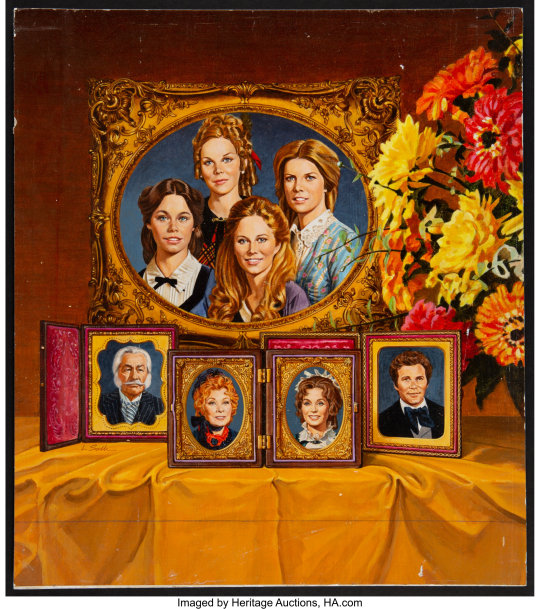
#little women#little women 1978#louisa may alcott#susan dey#jo march#meredith baxter#meg march#eve plumb#beth march#ann dusenberry#amy march#richard gilliland#theodore laurie laurence#dorothy mcguire#marmee march#robert young#greer garson#william shatner#john de lancie#david lowell rich#virginia gregg#cliff potts#u.s. civil war#gilded age#william schallert#joyce bulifant#carlene watkins#period drama#period dramas#costume dramas
11 notes
·
View notes
Text
Oscar Nominee Of All Time Tournament: Round 1, Group A
(info about the nominees under the poll)
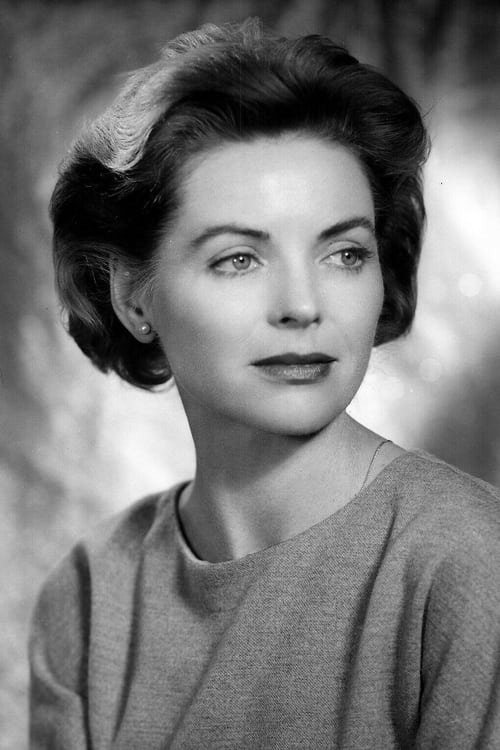

DOROTHY MCGUIRE (1916-2001)
NOMINATIONS:
Lead- 1947 for Gentlemen's Agreement
--
JOAN PLOWRIGHT (1929-)
NOMINATIONS:
Supporting- 1992 for Enchanted April
#oscars#academy awards#oscar nominees#film#actors#dorothy mcguire#joan plowright#gentlemen's agreement#enchanted april 1992#nominees group a#nominees group a polls#enchanted april
6 notes
·
View notes
Text
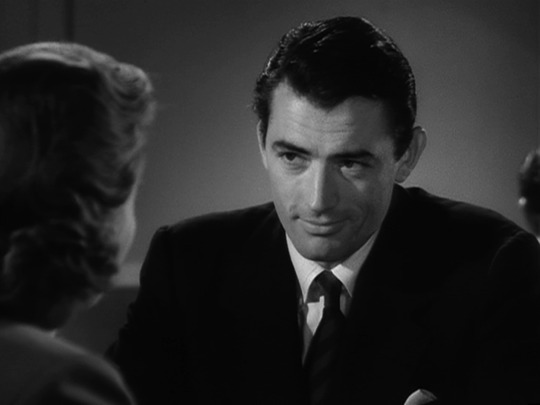
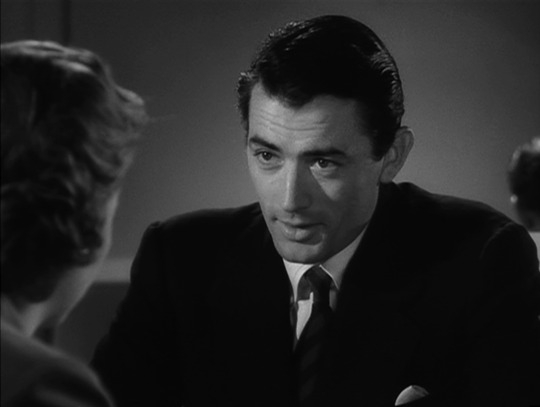


Gentleman's Agreement (1947) dir. Elia Kazan.
#Gentleman's Agreement#Elia Kazan#Gregory Peck#John Garfield#Dorothy McGuire#Anne Revere#Celeste Holm#Dean Stockwell#1940s#Old Hollywood#Films#Old films#Classic films#Old movies#Cinema#History#Historic#Drama#United States#Photography#Photographies#Black and White#Gentleman#menstyle#Manhattan#New York#New York City#Journalist#Writer#Film
27 notes
·
View notes
Text

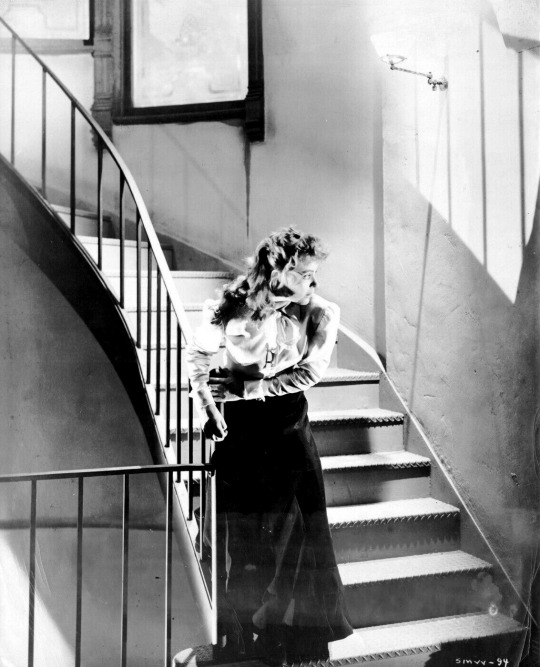

Dorothy McGuire in The Spiral Staircase (1946).
#the spiral staircase#dorothy mcguire#1946#1940s movies#robert siodmak#odh#horror#thriller#film noir
146 notes
·
View notes
Text
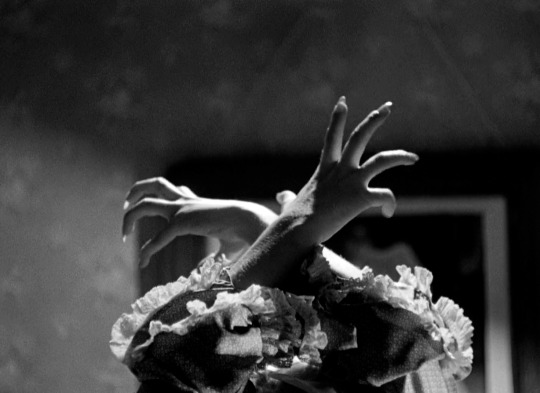



The Spiral Staircase (1946) dir. Robert Siodmak
158 notes
·
View notes
Text
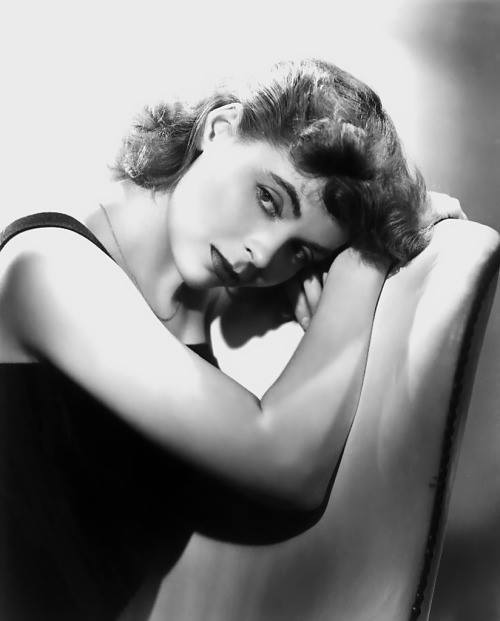
ömrüm ey ömrüm…
kahır çağındasın..
#ahmet erhan#alıntı#ömür#çag#yaş#hayat#yalnızlık#edebiyat#söz#kitap alıntıları#old hollywood#classic hollywood#dorothy mcguire
9 notes
·
View notes
Text


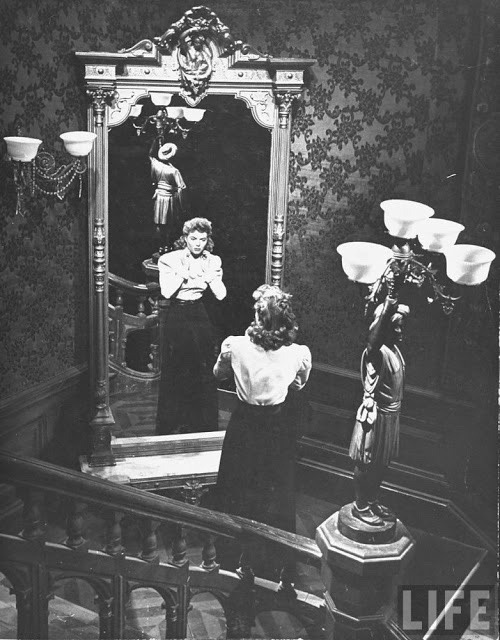
Dorothy McGuire in Robert Siodmak’s THE SPIRAL STAIRCASE, released across the U.S. in February 1946.
30 notes
·
View notes